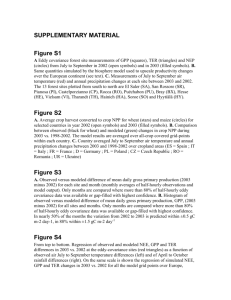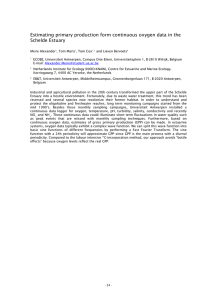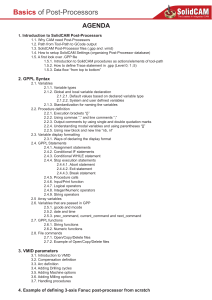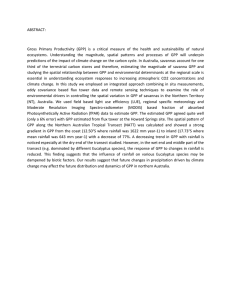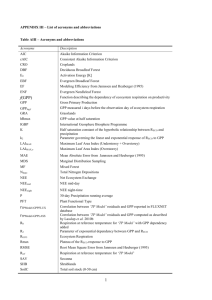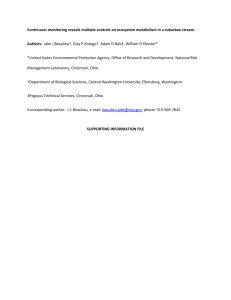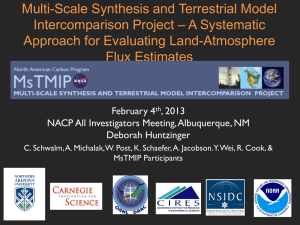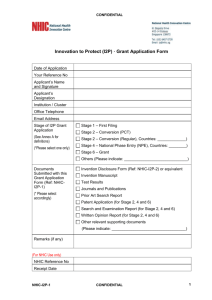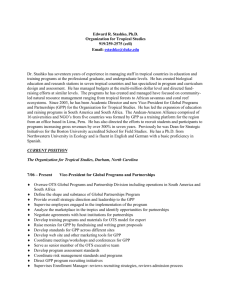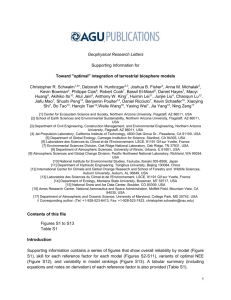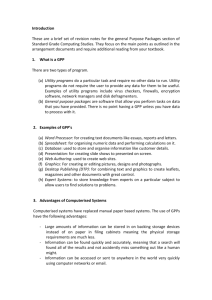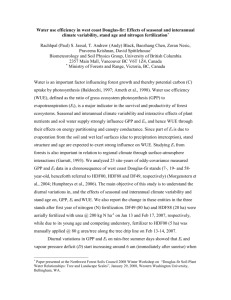Robot Perception - Temple University
advertisement
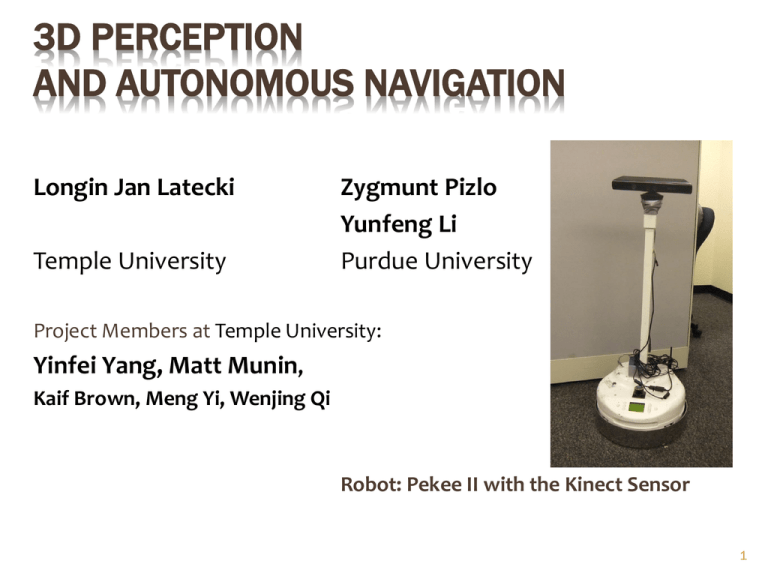
3D PERCEPTION AND AUTONOMOUS NAVIGATION Longin Jan Latecki Temple University Zygmunt Pizlo Yunfeng Li Purdue University Project Members at Temple University: Yinfei Yang, Matt Munin, Kaif Brown, Meng Yi, Wenjing Qi Robot: Pekee II with the Kinect Sensor 1 ROBOT’S TASK Given a target object (blue box), reach the target object by itself (autonomously). The obstacles and the target object can move! PERCEPTION-ACTION CYCLE Real world Top view world model Perception Action Main tasks: Build word model and perform path planning 3 MAIN TASKS: BUILD WORD MODEL AND PERFORM PATH PLANNING Building word model 4 BUILDING WORD MODEL Top View Image (Ground Plane Projection) Depth Map 3D Points Cloud Ground Plane Project Objects to Ground Plane (obstacles and free space detection) Detect the Target Object GOAL: VISUAL NAVIGATION TO A TARGET Order of Steps: 1) Get Kinect data (sense) 2) Find ground plane 3) Generate Ground Plane Projection (GPP) 4) Perform Footprint Detection 5) Detect the target object 6) Plan the motion path to the target (plan) 7) Execute part of the path (act) 8) goto 1) A word model is built in 2)-5) GROUND PLANE (GP) DETECTION Input from Kinect GP is detected in 3D points by plane fitting with RANSAC. The depth map and depth map with the GP points marked in red. 7 GROUND PLANE PROJECTION (GPP) The GP points (red) are removed and the remaining points are projected to GP. We obtain a binary 2D image representing plan view or top view. We observe that it is easy to segment the footprints of objects there as connected components. 8 GPP WITH HEIGHT INFORMATION The color GPP gives us additional height information about each object. It is the max height of 3D points projecting to a given pixel. 9 OBJECT DETECTION IN GPP 10 FOOTPRINT SEGMENTATION AS ROBUST OBJECT DETECTOR IN THE ORIGINAL RGB IMAGES The arrows connect the footprints detected in GPP to corresponding objects in the color image. For a detected footprint in GPP, we know the 3D points that project to it. For the 3D points we know the pixels in the side view. Thus, we can easily transfer the detected footprint to pixels in the side view. We show in colors convex hulls of pixels corresponding to different footprints. 11 SEPARATING OBJECT DETECTION FROM RECOGNITION • • • We first answer the “where” question = object detection (without any appearance learning) Then we answer the “what” question = object recognition Opposed to the current state-of-the-art, in our approach object detection does not depend on the object recognition! The focus on view invariant object recognition. 12 PATH PLANNING IN GPP We use the classic A* algorithm with an added weight function that penalizes paths that approach obstacles. It allows Pekee to avoid bumping into obstacles. A* path A* path with the weight function PEKEE’S PERCEPTION-ACTION CYCLE In between each step, Pekee takes a new image allowing it to verify the target and path in a dynamic environment. The white chair was moved in between steps 2 & 3, so path is updated to adjust. Pekee following a moving target, a humanoid robot Nao, From the point of view of Pekee!
